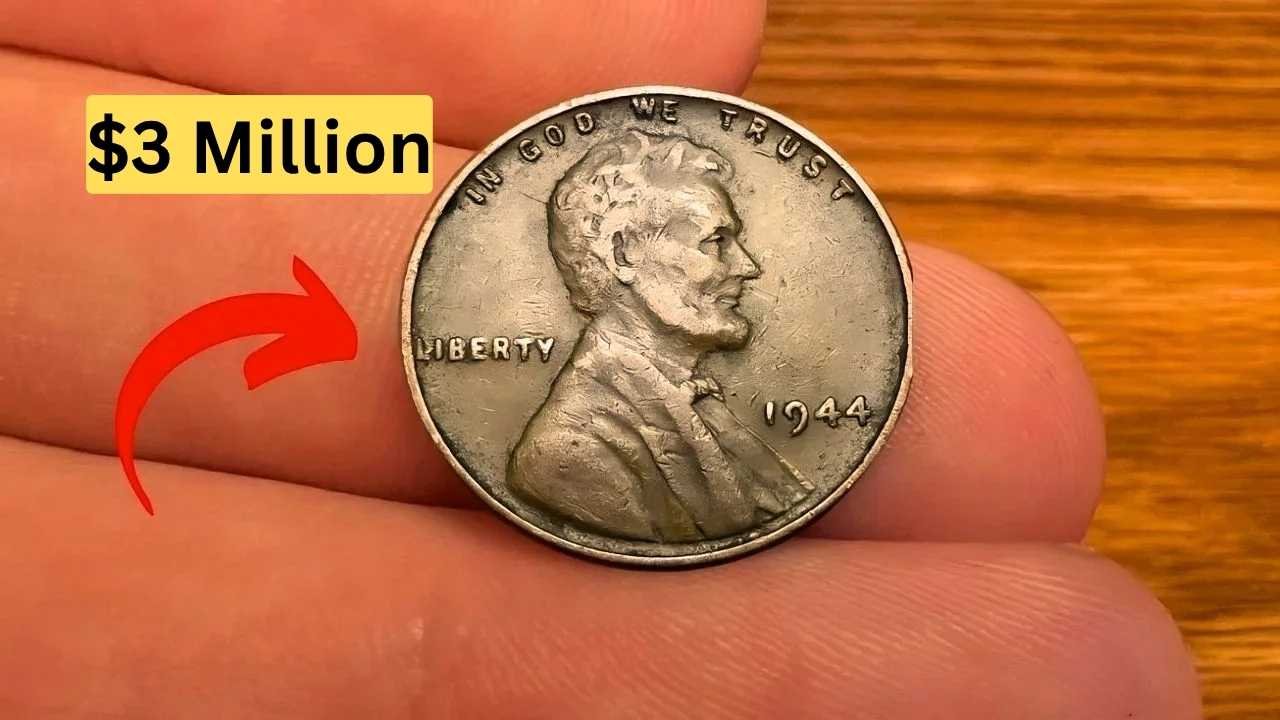A Hidden Treasure in Your Pocket
Imagine finding a penny in your change that’s worth $3 million! The Lincoln Wheat Penny, a small coin with a big story, is still floating around in circulation, waiting to be discovered. Minted from 1909 to 1958, these pennies feature Abraham Lincoln’s face on one side and two wheat stalks on the back. While most are worth just a cent, a few rare ones are valued at millions due to unique errors or limited production. Coin collectors are buzzing about the chance to find one, and everyday folks are checking their change jars with new excitement.
Why Some Pennies Are Worth Millions
Certain Lincoln Wheat Pennies stand out because of minting mistakes or low production numbers. For example, the 1943 bronze penny is a legend among collectors. That year, pennies were supposed to be made of steel due to copper shortages during World War II, but a few bronze ones slipped through. Only about 15 to 20 are known to exist, making them incredibly rare. Another gem is the 1955 doubled-die penny, where the date and words appear doubled due to a minting error. These coins can fetch prices from $100,000 to over $3 million at auctions, depending on their condition.
| Penny Type | Year | Estimated Value | Key Feature |
|---|---|---|---|
| Bronze Lincoln Penny | 1943 | $1M – $3M | Minted in bronze instead of steel |
| Doubled-Die Penny | 1955 | $100K – $1.5M | Date and text appear doubled |
| VDB-S Penny | 1909 | $10K – $100K | Designer’s initials on reverse |
Where These Coins Turn Up
You might think million-dollar coins are locked away in vaults, but some are still in circulation. People have found valuable Lincoln Wheat Pennies in pocket change, old piggy banks, or even at flea markets. In 2019, a Massachusetts man discovered a 1943 bronze penny in his late father’s coin collection, later selling it for over $200,000. Others have been found in coin rolls from banks or in jars at estate sales. The thrill of the hunt keeps collectors and casual finders alike searching through their coins, hoping for a jackpot.
How to Spot a Valuable Penny
Checking for a rare Lincoln Wheat Penny is simple but takes a keen eye. First, look at the year on the coin. Key years like 1943 and 1955 are good starting points. For 1943 pennies, use a magnet—if it doesn’t stick, you might have a bronze one, as steel pennies are magnetic. For 1955 pennies, check for doubling in the date or words like “LIBERTY.” Also, look for the designer’s initials, “VDB,” on the back of 1909 pennies, as some from the San Francisco mint (marked with an “S”) are highly prized. If you think you’ve got a winner, take it to a professional coin dealer for appraisal.
The Hunt Is On
The idea of finding a $3 million penny has sparked a modern-day treasure hunt across the U.S. Coin shops are seeing more people bringing in old pennies, and online forums are buzzing with tips on spotting rare coins. Some collectors recommend checking coins from family heirlooms or buying rolls of pennies from banks to sort through. While the odds of finding a 1943 bronze or 1955 doubled-die penny are slim, the possibility keeps the excitement alive. Even if you don’t strike it rich, learning about these coins adds fun to everyday change.
A Piece of History
Beyond their value, Lincoln Wheat Pennies carry a slice of American history. Introduced in 1909 to mark Lincoln’s 100th birthday, they were the first U.S. coins to feature a president’s face. The wheat design on the back, created by Victor D. Brenner, became iconic over its 50-year run. Finding one of these rare pennies isn’t just about money—it’s like holding a piece of the past. So, next time you get change at the store, take a second look. That penny in your hand might just be a $3 million treasure waiting to be found.
